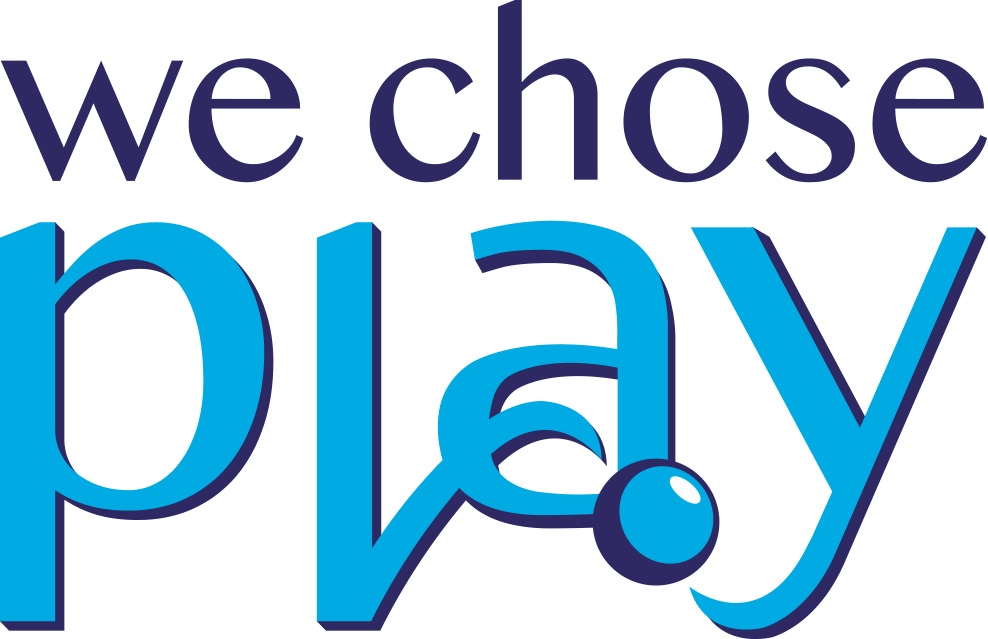Today begins a two-part blog about an ideal approach for children with developmental differences. DIR/Floortime is very unique as a comprehensive approach that is incomparable to any other available approach to date. The evidence supporting this approach is not only there and solid, but is growing every year.
Today we will cover the rationale for a comprehensive approach like DIR/Floortime then in the next blog we will describe in more detail the different pieces of the DIR/Floortime program.
DIR/Floortime is A Comprehensive Developmental Approach
We all want to promote growth and development in our children with developmental differences. We want our child to find their potential. But what is the best approach?
DIR/Floortime is an integrated model that works like an orchestra rather than a piecemeal of various therapies that are not co-ordinated.
The book Engaging Autism talks about three main qualities of the comprehensive approach: It must address all of the child’s challenges, it must meet the child where (s)he is at developmentally, and it must be intensive.
- That is, we want to address the child’s challenges rather than addressing specific behaviours that stem from these challenges.
- We want to know how the child is relating, thinking, and communicating so we know where to meet them developmentally.
- We want to interact with our children during most of their waking hours to support our child’s social learning.
In addressing the child’s challenges we also want to look at individual processing capacities and what could be affecting him/her (such as neurological factors), and the family and its functioning in supporting the child.
Essential to the success of the approach is that programs are put into practice in the context of safe, nurturing, ongoing relationships (the ‘R’) between child and caregivers or therapists which foster learning through warm, affective interactions.
Parent involvement is the real kickstarter in a developmental approach. The Association for Developmental Autism Programs and Therapies (ADAPT) Manitoba describes this process here.
Caregivers have the biggest impact on their children’s development which is why it is so important for them to be fully involved and for there to be consistency rather than frequent turnover of therapists working with a child as the child is learning to relate to others.
Why “Developmental”?
Mainstream behavioural interventions were founded based on research with older children and adults that was then applied to young children, and were concerned with targeting surface behaviours.
The developmental approach, on the other hand, uses a model of human development so we can build healthy foundations for thinking, relating, and communicating.
DIR/Floortime applies three big insights of the last few decades to this developmental approach to support children, and sees behaviour as a form of communication:
- We now know the role of affect and emotions within relationships: the brain grows most rapidly in the early years of life, learning skills through affective interactions with caregivers.
- We now know that children have individual differences in sensory processing capabilities. How they process sensation and plan their motor actions explains their surface behaviours.
- We now understand that in the early stages of development, all learning of skills are inter-related and integrated, not independent. There are core capacities that synthesize and integrate all functional development.
Dr. Stanley Greenspan explains this approach so eloquently in the video below:
Orchestrating the Pieces of the Approach Through a Developmental Framework
With the overarching developmental framework of the Developmental, Individual differences, Relationship-based (DIR) model, all therapies and programming will be co-ordinated with the same approach, tailored to the child and their family. Each person working with the child will be aware of developmentally appropriate activities, the child’s sensory profile, and what motivates the child.
Dr. Greenspan says this is is critical to get the “whole mind and the whole brain working together as an orchestra” in each learning relationship. We want each person who is working with the child to offer a “multi‐sensory, motor, affectively meaningful context for learning” that is specifically tailored to each child and family.
Examples: Speech & Language Therapy
If a child requires speech & language support, the Speech & Language therapist using a DIR approach will follow the child’s lead to find what motivates the child naturally in order to have emotion invested in the learning. They will choose a motivating activity within which to practice opportunities for communication that the child enjoys.
So if the child needs to move to stay regulated, the therapist will not expect the child to sit at a table, for instance. And rather than showing the child pictures or drilling the child, the professional will provide an experience with the words the child is learning so it will be generalized and internalized rather than memorized.
For instance, if the child enjoys bouncing a ball, they will play together with the ball and the professional will say “ball” while holding the ball up for the child to get, when the child grabs it, or when the child throws or bounces it. It can be an opportunity to teach other words such as “ball up” or “ball behind” or “ball under“, etc.
In addition, the professional will take into account individual sensory processing capacities in creating the learning context. If the child is easily overwhelmed by visual spatial information or sounds, the session will take place in a quiet room with few distractions and toys. If the child has challenges with visual tracking, they will move the ball slowly rather than throwing it quickly across the room or too high, etc.
Examples: Occupational Therapy
If a child requires occupational therapy, similarly, the therapist will use a DIR approach as stated above, taking into account developmentally appropriate activities, the unique sensory processing of the child, and making the interaction emotionally meaningful.
If the goal is to work on balance and co-ordination, for instance, but the child is dysregulated, the therapist will provide whatever sensory input the child requires in order to stay regulated–which might be vestibular input from a swing, or proprioceptive input from pushing big foam blocks across the room–before beginning to work on the goal, or will incorporate the regulating activity in with the goal by swinging on a balance board, for instance, all while staying affectively connected with the child.
If the child is really motivated to get a ball, the therapist might provide balancing obstacles for the child to climb on in order to reach the ball, for instance, the entire time making the experience one of shared pleasure with joy he therapist.
Why DIR/Floortime Over Other Approaches?
Dr. Greenspan discusses in detail (click HERE for transcript) in the radio show entitled Strengthening Reflective Thinking how “other approaches don’t look at all the facets of human development. They don’t build on the latest research on how human beings grow and develop in their full complexity.“
Behavioural models focus on building specific behaviours without taking into consideration the range of capacities necessary for the behaviour to connect to other behaviours that lead to the larger skills. Other relationship-based models don’t take into consideration the comprehensive model that includes children’s individual sensory processing capacities.
DIR/Floortime is a comprehensive model addressing all of the factors influencing development. Next time we will describe in detail all of the pieces of an ideal DIR/Floortime approach and also how you can incorporate other therapies you might be using into your DIR/Floortime approach.
Until next time…here’s to affecting autism through playful interactions!



